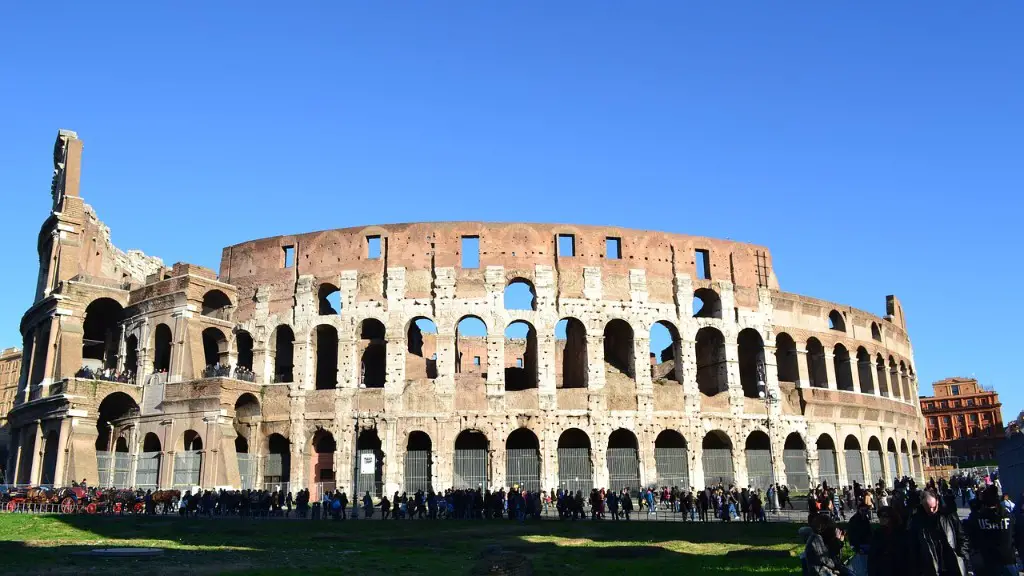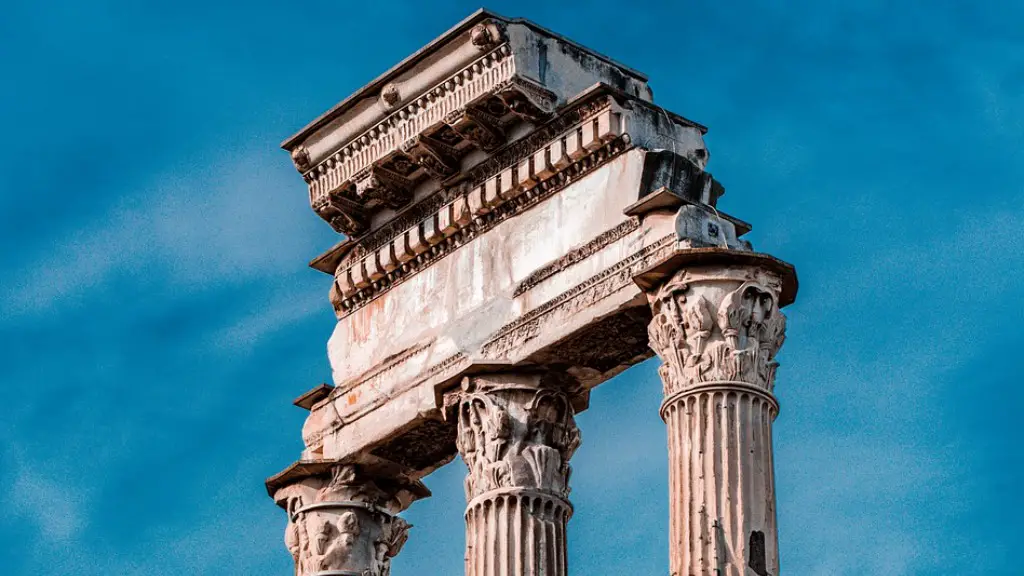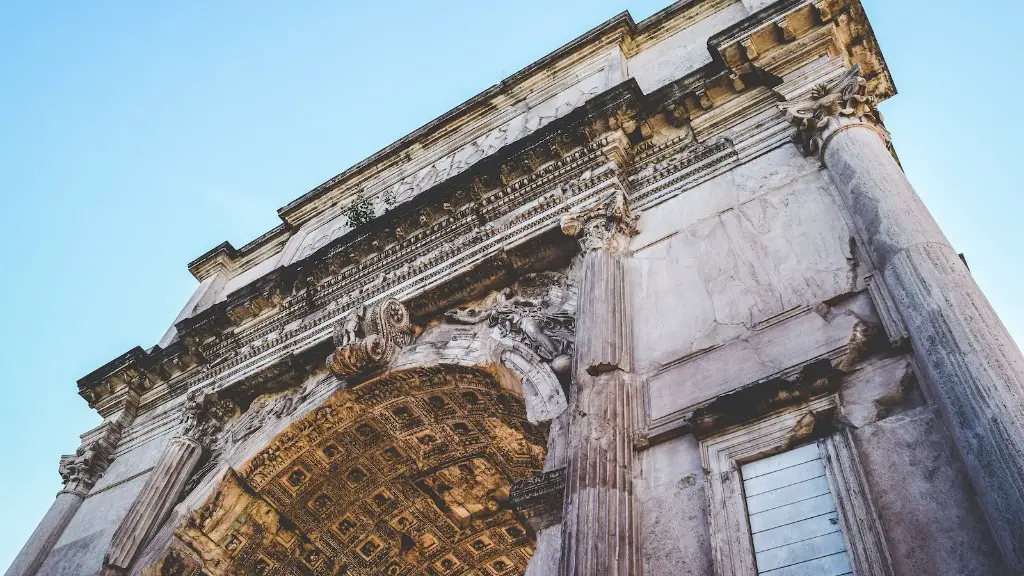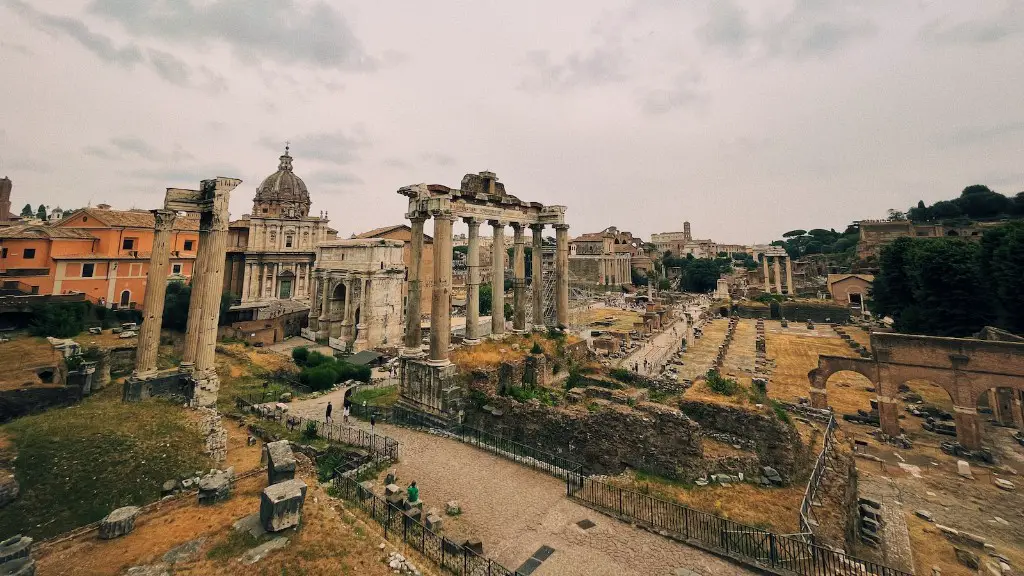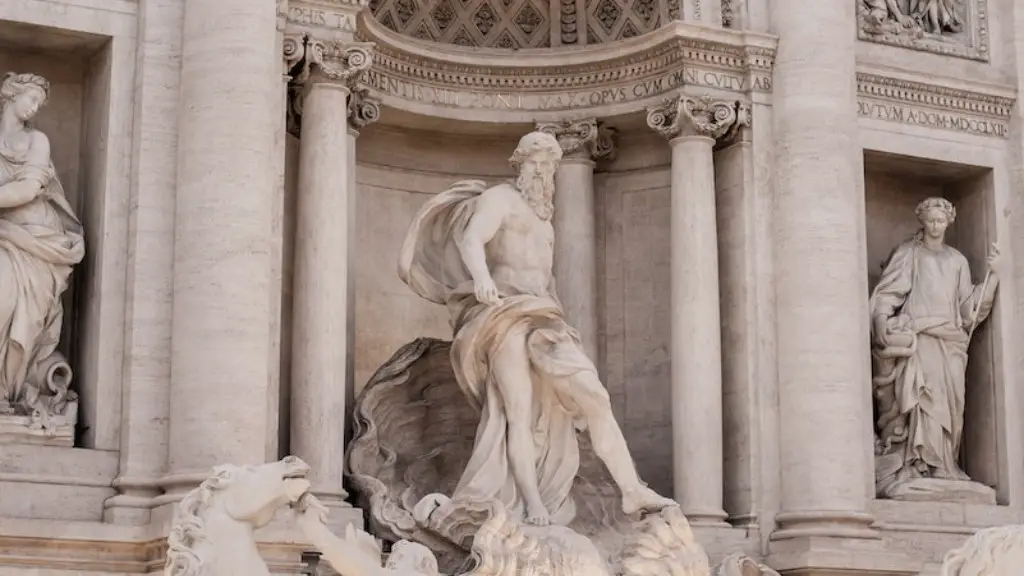Ancient Rome was one of the most powerful empires in the world for centuries. The Roman ruling class was very wealthy and lived in luxury. They had servants to do everything for them, from cooking and cleaning to farming and fighting. The rich also enjoyed extravagant parties, expensive all-white clothes, and beautiful villas. While the lives of the rich in Ancient Rome may have seemed glamorous, it was also a time of great inequality. The vast majority of the population was poor and lived in very cramped and dirty conditions.
The ancient Romans were a very stratified society, with clear delineations between the haves and the have-nots. The rich ancient Romans lived in luxury, with large houses, servants, and fine clothes. They would have had access to the best food and wine, and would have been able to enjoy a life of ease and comfort. The poor ancient Romans, on the other hand, would have been lucky to have a single room to themselves, and would have had to work long hours just to scrape by. They would have had little to no access to luxuries, and would have had to contend with poor living conditions and a general lack of opportunity.
How did the rich ancient Romans live?
If you were richer, you would live in a larger single home called a domus. These usually had many rooms off an atrium, which was a room in the center of the house with an open roof. Poor Romans who lived in the countryside would live in shacks or cottages while rich Romans would live in large, sprawling villas.
The Roman economy was based on agriculture, with large farms being run by slaves. Roman agriculture relied on large farms run by slaves. Romans also made money from mines, and rich Romans could buy luxuries from all over the world.
What did wealthy Roman homes have
The Roman villa was a wealthy Roman family’s country home. It was often larger and more comfortable than their city home. They had multiple rooms including servants’ quarters, courtyards, baths, pools, storage rooms, exercise rooms, and gardens. They also had modern comforts such as indoor plumbing and heated floors.
The people of ancient Rome were divided into two classes: The upper-class people, who were wealthy and held important roles in Roman society, were known as patricians. All other people were categorized as plebeian.
Patricians held most of the power in Roman society. They could hold important government positions, own land, and pass their status down to their children. Plebeians, on the other hand, were not allowed to hold government positions and had fewer rights.
Over time, the divide between patricians and plebeians became more and more pronounced, and plebeians began to resent their second-class status. This led to a series of uprisings, known as the Conflict of the Orders, which eventually resulted in the plebeians gaining some power and rights.
What jobs did rich Romans have?
There were three main types of jobs in the government of Ancient Rome: lawyers, teachers, and engineers. The more educated Romans could become lawyers, teachers, and engineers. The government of Ancient Rome was huge. There were all sorts of government jobs from tax collectors and clerks to high ranking positions like Senators. The Senators were the wealthy and the powerful.
The earliest banks in ancient Rome were located in temples. They would charge interest on loans, exchange money, and track their finances through written records. Due to the piety of the officials and employees of these temples, the upper class of ancient Rome trusted these places to protect and hold their wealth.
What did Rich Romans do for fun?
It is evident that the people of Rome enjoyed board games, as counters and dice have been found by archaeologists. This is likely because board games were a way for people to come together and socialize. In addition, the Romans enjoyed watching bloody fights between people and animals. These shows were put on in amphitheatres, which were large arenas that could accommodate crowds of people.
Roman men enjoyed a variety of physical activities, both in the city and in the countryside. They rode horses, fenced, wrestled, and swam, and they also hunted and played ball. Throwing and catching were popular games, and one popular variation involved throwing a ball as high as possible and catching it before it hit the ground.
Did wealthy Romans have slaves
The status of slaves in Roman society was quite different from that of slaves in other parts of the world. Roman slaves were not considered property, but were instead considered to be part of the family. This meant that they were often better treated than slaves in other parts of the world, and were even sometimes given the same rights as family members. However, this did not mean that they were always treated well. Slaves could be mistreated, and even killed, by their owners.
The paterfamilias had complete control over the lives of the people in his household. He could even reject a newborn, ordering it to be abandoned in the streets. While this power could be abused, the paterfamilias was also responsible for the welfare of his family. He was expected to set a good example for them to follow and to provide for their needs.
What did Rich Romans houses look like?
Wealthy Roman citizens in the towns lived in a domus. They were single-storey houses which were built around a courtyard known as an atrium. Atriums had rooms opening up off of them and they had no roofs.
A domus was the primary residence of a upper-class Roman citizen. The homes of the elite were typically located in the city center, close to the public parks and temples. They were large residences with several rooms, garden courtyards, and slave quarters.
Who was the wealthiest Roman ever
Marcus Licinius Crassus was a Roman general and statesman who played a key role in the transformation of the Roman Republic into the Roman Empire. He is often called “the richest man in Rome.”
It is interesting to think about how different Rome would have been without slaves. The wealthy would not have been able to lead the lifestyles they wanted and society would have been structured differently. Slavery was a big part of Roman culture and it is interesting to think about what life would have been like without it.
Who was the richest man in history?
Mansa Musa was the wealthiest person in history. He was an emperor with an accumulation of wealth that was often described as “unimaginable” or “incalculable.” His wealth was estimated to be the modern day equivalent of $400 billion.
In ancient Rome, there was no income tax. The primary tax was the portoria, which was imposed on goods exiting or entering the city. The size of the tax was based on the value of the item itself. It was higher on luxurious or expensive items, but lower on basic necessities.
How many slaves did rich Romans have
It’s interesting to note that even wealthy people in ancient Rome didn’t have that many slaves. For example, Pedanius Secundus, prefect of Rome under Emperor Nero, only had 400 slaves in his townhouse. This shows that even the wealthiest people in Rome didn’t have an excessively large number of slaves, which makes the number of slaves and free people easily equal.
The first type of school was for younger children aged up to 11 or 12. At these schools, children learned to read and write and to do basic mathematics. They worked on an abacus to learn basic mathematics. For writing, they used a stylus and a wax tablet.
Conclusion
The ancient Romans were a very stratified society, with a large divide between the haves and have-nots. The rich lived in luxury, with abundant food, servants, and fine clothes. They often held lavish parties and enjoyed a life of leisure. The poor, on the other hand, lived in cramped, dirty conditions and eked out a meager existence. Many were forced to work long hours for little pay, and often went hungry. There was little social mobility, so most people were stuck in the station they were born into.
The ancient Romans were a very wealthy people. They lived in very lavish houses with many servants. They also had a lot of money to spend on entertainment and food.
